ADVERTORIAL • June 2024
How to… turn back time in Calabria
In Italy’s seductive south, Calabria is flanked by two seas – the Ionian and Tyrrhenian. Luckily for all you Time Team fans out there, a wealth of archaeological wonders can be discovered in the unspoilt heartland between. We head to the seven designated parks offering the best blasts from the past…
Each park has a dedicated museum that houses remarkable artefacts and artworks from the excavation sites, so, come rain or shine, you can soak up history from the comfort of indoors.
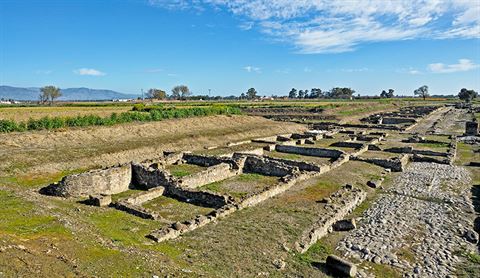
Sibari Archaeological Park
Sibari Archaeological Park
Near the mountainous commune of Cassano all’Ionio, the ruins of Sybaris, founded in the eighth century BC, await. This ancient city’s thriving citizens once revelled in frequent public wine-fuelled banquets (hence the word ‘sybarite’). This particular park will bring you up, close and personal with Thurii, planned as a model of community to replace Sybaris after it fell to the Crotoniates, and Copiae, mentioned in Homer’s epic poem, the Iliad, where Roman ruins still loom large in the town square.
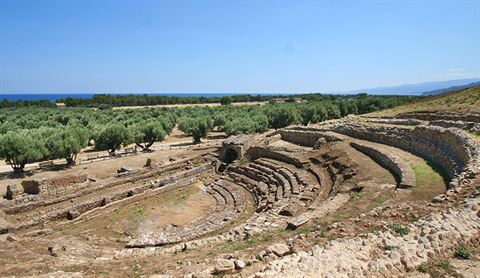
Amphitheatre at Scolacium National Archaeological Park
Scolacium National Archaeological Park
Legend has it that, during the Trojan War, Odysseus discovered the seaside city of Scolacium (in the present town of Borgia) while shipwrecked. The illustrious Greek hero is said to have set up a colony here in the seventh/eighth century BC and, shipwreck or no shipwreck, we’d want to stick around here, too. Come for the sun-bathed olive groves and the iridescent Ionian Sea and stay for the mighty ruins of a 3,500-seat theatre, a recently discovered amphitheatre and three thermal baths.
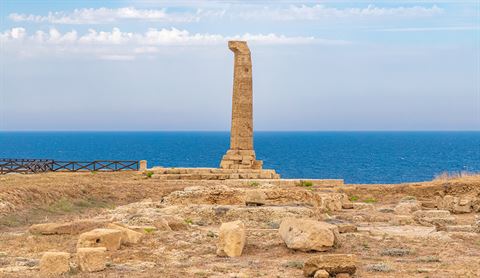
Doric column of the ancient Temple of Hera Lacinia
Capo Colonna National Archaeological Park
Its name means ‘cape of the column’, apt for a park perched on a promontory on Calabria’s east coast, and that features the only surviving Doric column – towering more than 8m high – of the ancient Temple of Hera Lacinia (goddess of women). The column, overlooking the waves beyond, is a relic of one the region’s most important ancient temples, and is well worth a drive to see. In the port city of Crotone – also called the City of Pythagoras after the philosopher who moved here in 513 BC – Capo Colonna has 30 acres of exacting excavation – including its so called ‘H’ building, said to have been used for ‘distinguished guests’ – to explore.
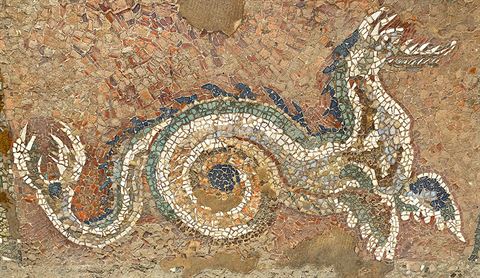
Mosaic of the Dragon at Ancient Kaulon Archaeological Park
Ancient Kaulon Archaeological Park
On Calabria’s picturesque Jasmine Coast, in the hillside town of Monasterace, the ancient city of Kaulon can be explored partly on land – and partly underwater. With a short dive, adventurous antiquarians can see the remains of a majestic Doric temple, including its fluted columns from the sixth century BC. Archaeologists have recently uncovered astonishing floor mosaics, too, such as the famous Mosaic of the Dragon and the Dolphins, the largest Hellenic mosaic of Magna Graecia.
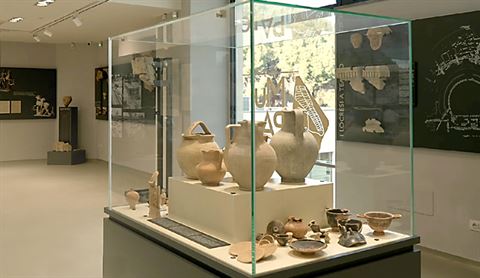
Amphorae and other finds at Locri Epizephyrii National Archaeological Park
Locri Epizephyrii National Archaeological Park
Another must-tick stop on the Jasmine Coast is the slope-strewn town of Locri and its bygone city of the same name, which was founded around the eighth century BC. One of the greatest Magna Graecia powers of its time, Locri lays claim to one of the most celebrated sites in southern Italy: the Sanctuary of Persephone (Demeter and Zeus’ daughter, who was abducted by Hades to be his wife). Also be sure to visit the House of the Lions, with a shrine dedicated to Aphrodite, goddess of love and beauty.
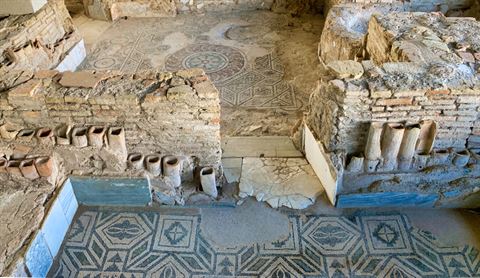
Preserved mosaic floors at the Roman Villa of Casignana
Roman Villa of Casignana
Strolling along the ancient route that connected Rhegion to Locri Epizephyrii, overlooking the blue sea of the Jasmine Coast, admire the magnificent ruins of the Roman Villa of Casignana, which represents one of the most important archaeological complexes from the Roman era in southern Italy. Built in the 1st century AD and modified up to the 4th century - when it reached its grandiose peak - the villa has the largest collection of mosaics known to date in Roman Calabria, all characterised by their variety, quantity and elegant workmanship.
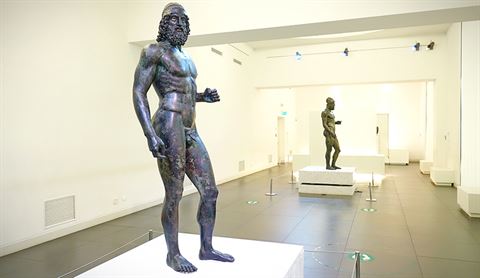
The Riace Bronzes at the National Archaeological Museum in Reggio Calabria
National Archaeological Museum in Reggio Calabria
As well as the sublime views offered by its ‘Italo Falcomatà’ promenade, which D’Annunzio called “the most beautiful kilometre in Italy”, the city of Reggio Calabria is home to the National Archaeological Museum, which houses the Riace Bronzes and is one of the most visited museums in Italy. In addition to the two Greek warriors – perhaps the two most famous finds of Magna Graecia – the museum offers the opportunity to see other important artworks, such as the Head of a Philosopher and some valuable collections of Roman and Greek coins.
Discover more inspiration for your trip here

This article has been tagged Advertorial, Destination
More from previous issues
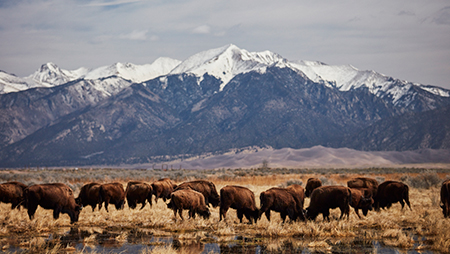
A pro guide to taking your best holiday pictures yet
Raise your smartphone game with advice from celebrity photographer Chris Floyd

How do we… decide on a new route?
Test your airline awareness and learn a thing or two about what it takes to add a new destination to the roster

Going for Gold: Maxim, The Prodigy
The music sensation and Silver Member on his upcoming tour, favourite cities and why he won’t travel without his green tea

The joy of solo travel
With Companion Vouchers now providing a discount for solo travellers, friends of The Club share their singleton stories of adventure
